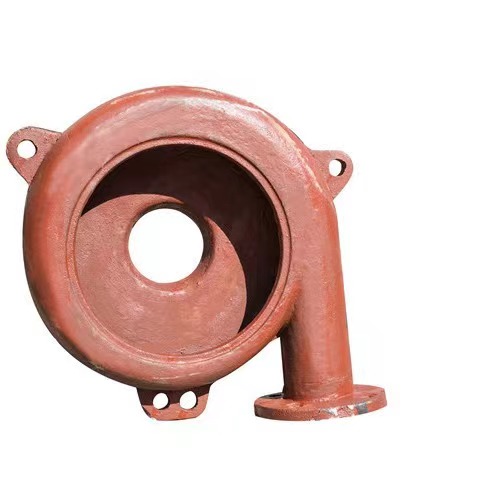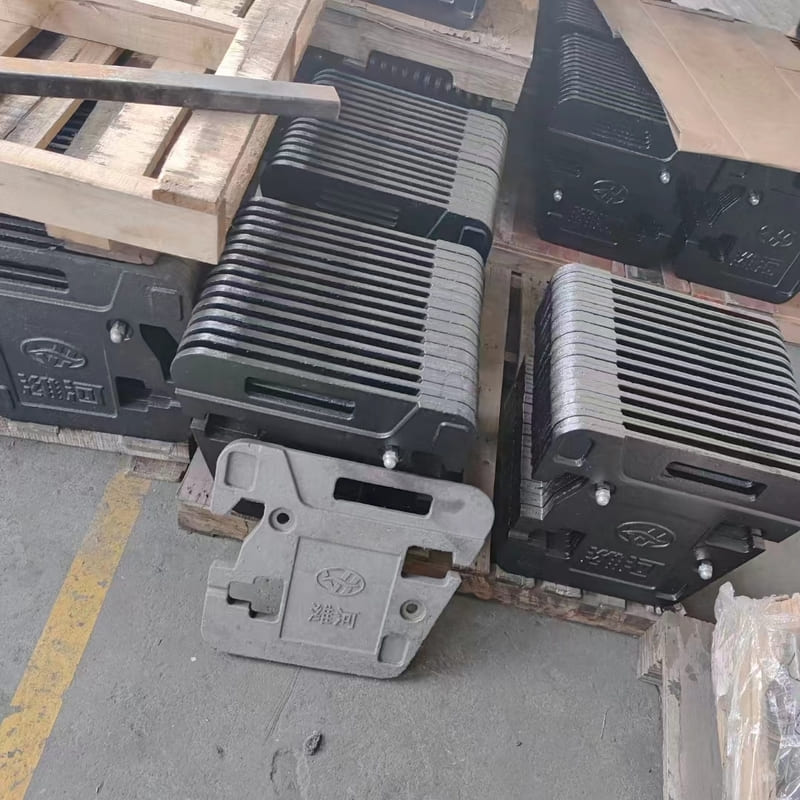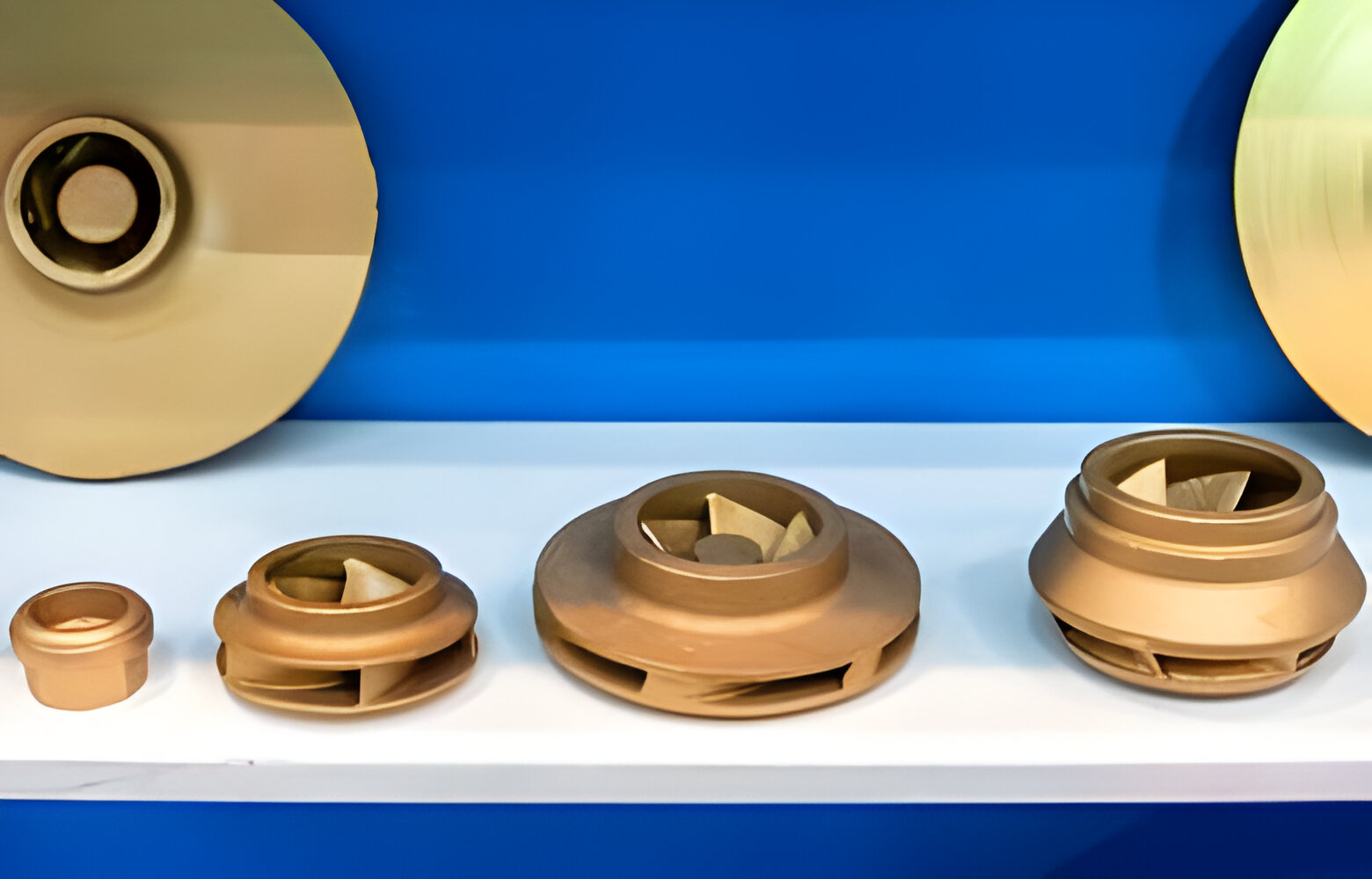We know how crucial the right tractor ballast box weight is for top performance and safety. It's key for heavy tasks or tough terrain. The right tractor ballast box weight can change everything. This guide covers the basics of tractor ballasting, the types of ballast, and why the right weight balance is important.
Key Takeaways
- Understand the importance of tractor ballast box weight for optimal performance and safety
- Explore the different types of tractor ballast, including rear wheel weights and suitcase weights
- Learn how to properly install and adjust tractor ballast systems for your specific equipment
- Discover the benefits of maintaining the right tractor ballast weight, such as improved traction, stability, and efficiency
- Utilize tractor ballast weight calculators to determine the optimal ballast requirements for your tractor
Understanding Tractor Ballast Weight
Tractor ballast is key for better performance. It adds weight to the vehicle for better traction, stability, and efficiency in farming tasks. Let's look at why and how this feature is important.
What is Ballast?
Ballast means adding heavy stuff like sand, gravel, or water tanks to a vehicle for more stability and grip. For tractors, putting weight at the back helps spread the load better. This stops the wheels from spinning and keeps all four wheels on the ground when lifting heavy objects.
Types of Tractor Ballast
There are many kinds of tractor ballast, each with its own benefits and drawbacks. Here are some common ones:
- Suitcase Weights: These are small, easy to carry weights that can be put on the tractor's rear. They make ballasting simple and flexible.
- Wheel Ballast: These are weights or liquids inside the tractor's wheels. They make the tractor grip the ground better and stay stable.
- Liquid Ballast: This is using water tanks or liquids to add weight to the tractor. It's a flexible way to adjust the ballast.
- Front Ballast: These are weights at the tractor's front end. They help balance the tractor and make it more stable.
Understanding tractor ballast's purpose and types is key for top performance and safety in farming.

"Proper ballasting is essential for maintaining stability and safety, unlocking the full potential of your tractor in challenging environments."
Benefits of Proper Tractor Ballast Box Weight
Having the right ballast weight for your tractor boosts its performance, safety, and life span. By knowing the benefits of tractor ballast, you can make your machine work better and safely.
One big plus of proper tractor ballast is improved stability. The right weight lowers the center of gravity, making the tractor more balanced and easier to control. This means less chance of tipping or rolling, keeping the operator and machine safe.
Another big plus is better tractor traction. Ballast weights help the tires grip the ground better, letting the tractor move easily over muddy, snowy, or soft ground. This means you can do more tasks and in more conditions without getting stuck.
Using the right ballast also cuts down on tractor wear and tear. Even weight distribution means less stress on the tractor parts. This leads to a longer life for your tractor and lower upkeep costs.
Lastly, the right ballast means your tractor works more efficiently. It runs at its best, giving you more power, better fuel use, and higher productivity.
"Proper tractor ballast is essential for enhancing efficiency, safety, and longevity. It's a simple yet effective way to get the most out of your compact tractor."
Understanding and using the right ballast can make your compact tractor safer, more productive, and last longer. Look into different ballast types to find what works best for you.
Conclusion
Getting your tractor's ballast right is key for better performance and safety. By learning about tractor ballast best practices, we can pick the best weight for our tractors. This could be a ballast box, suitcase weights, or a mix of them. Making sure our tractor is balanced is vital for its best performance.
Figuring out the right ballast weight is easy with the operator's manual or advice from a local Yanmar dealer. The right ballast improves stability, traction, efficiency, and makes our tractor last longer. It's a smart move for the future.
Setting up a ballast box or adjusting the weight is crucial for top performance and safety. A ballast weight calculator helps us find the perfect solution for our tractor. This way, we make the most of our equipment.
FAQ
What is tractor ballast and why is it important?
Ballast is a heavy material used to make a tractor more stable and improve traction. It's put at the back of the tractor. This helps spread the weight evenly, stops wheel slipping, and keeps all wheels on the ground when lifting heavy loads.
What are the common types of ballast used for tractors?
There are many types of ballast for tractors, like sand, gravel, iron weights, and water tanks. Each type has its own pros and cons. You should think about these when picking the right ballast for your tractor and needs.
What are the benefits of maintaining the proper ballast weight for a tractor?
The right ballast makes your tractor more stable, improves traction, reduces wear and tear, and boosts efficiency. It's key for the best performance and safety of your tractor.
How do I determine the ideal ballast weight for my tractor?
To find the right ballast weight, check your operator's manual or talk to a Yanmar dealer. They can guide you on how much ballast you need based on your tractor model and how you use it.
What are the different methods for adding ballast to a tractor?
You can add ballast to a tractor with a ballast box, suitcase weights, or both. The best way depends on your tractor's design, the ballast material, and what you need.






